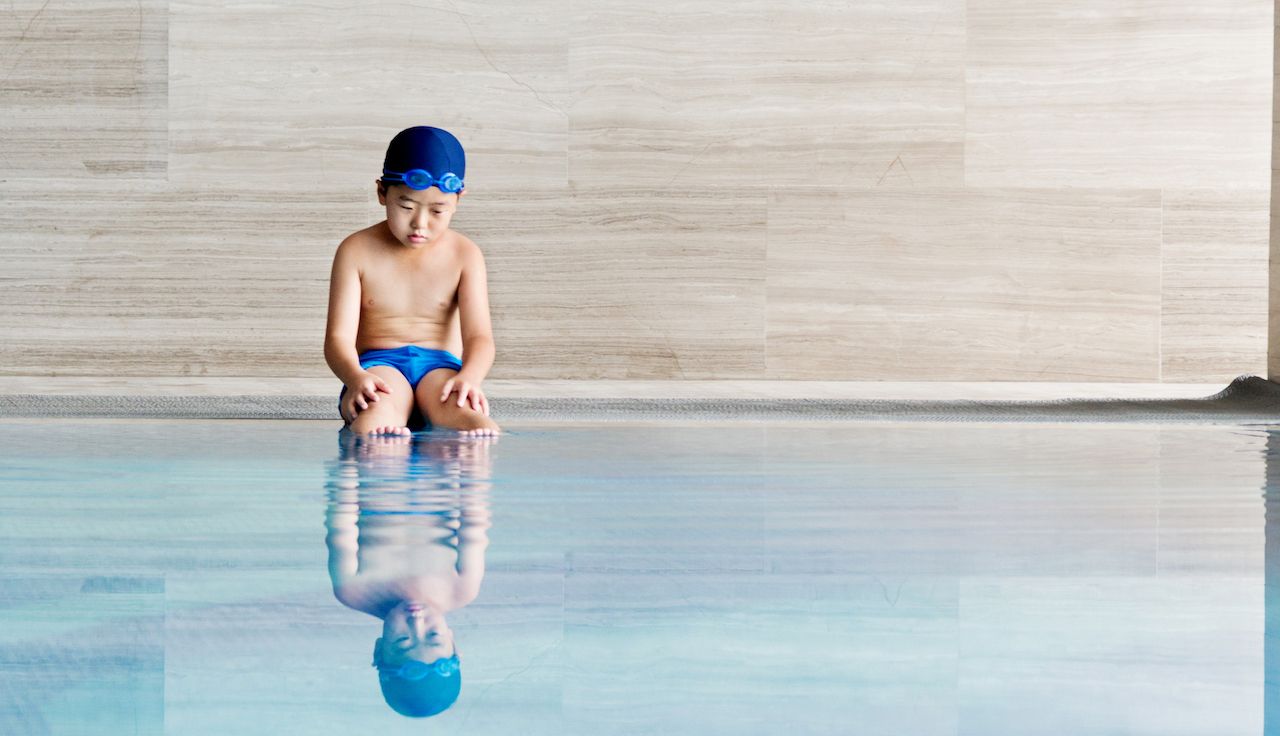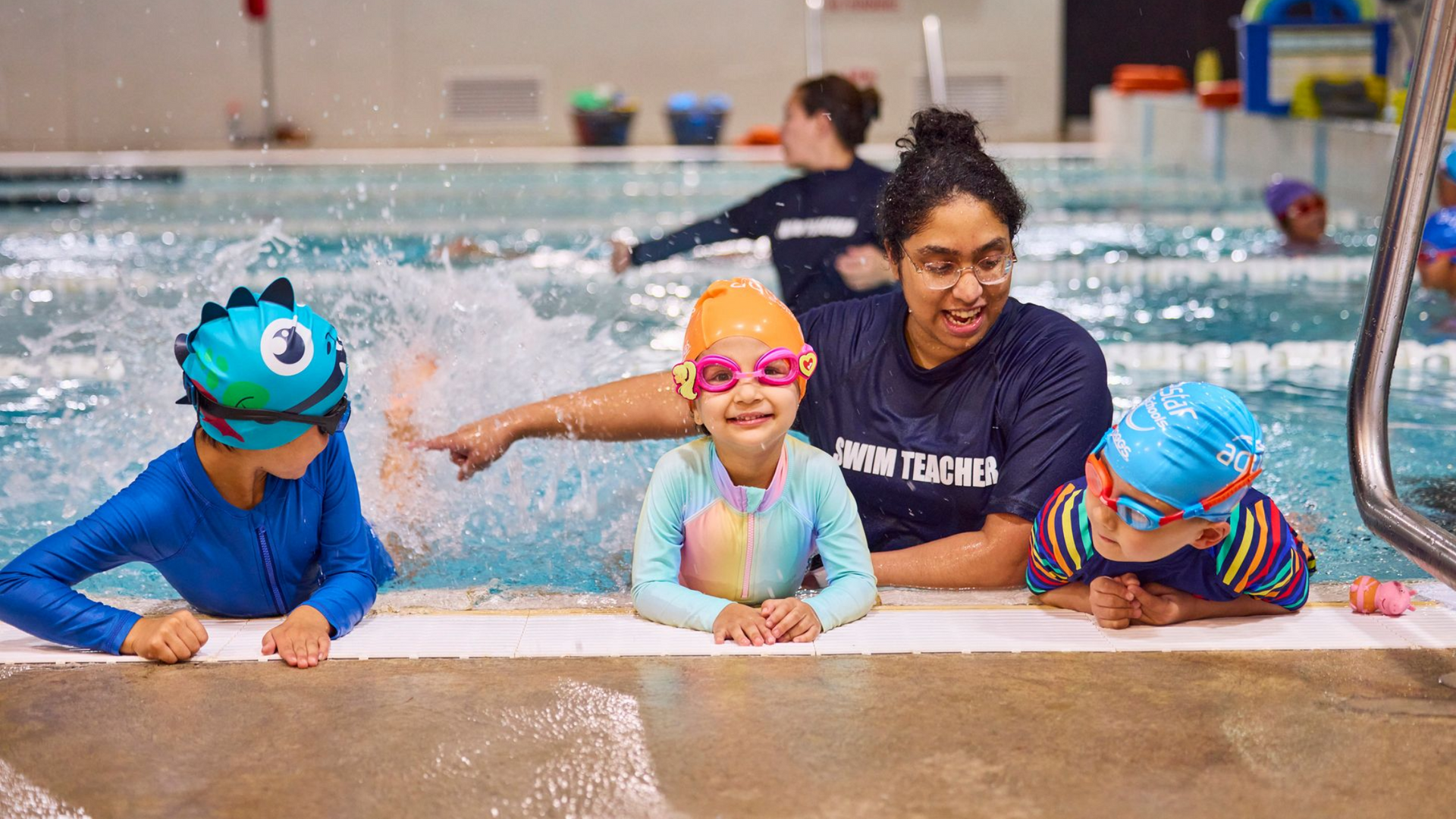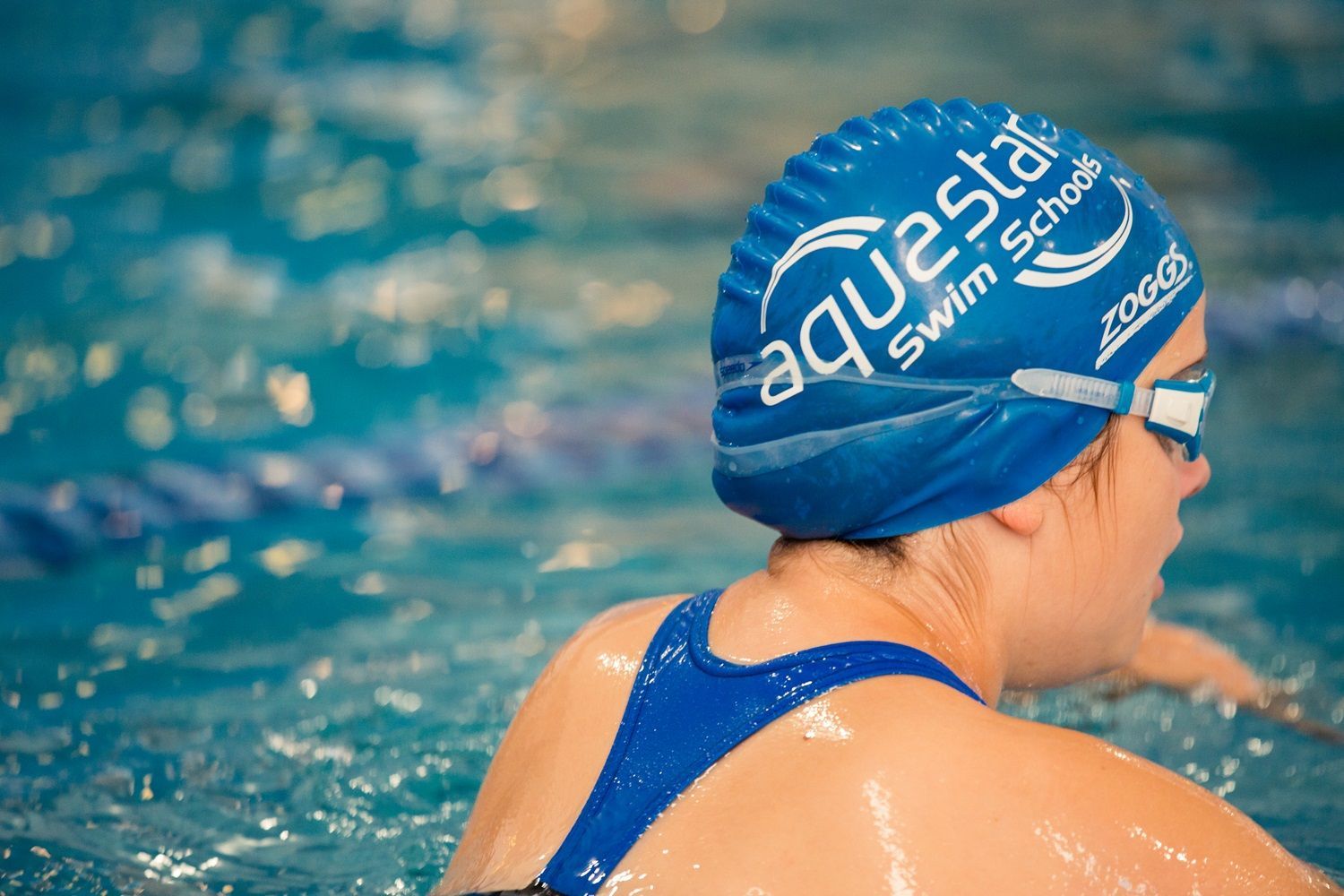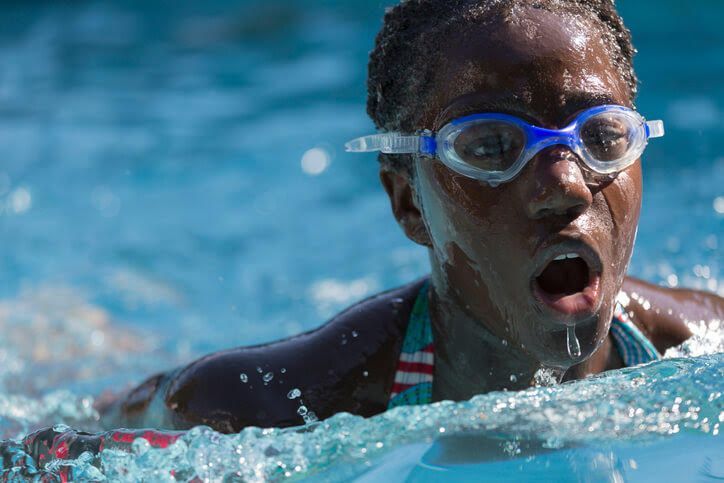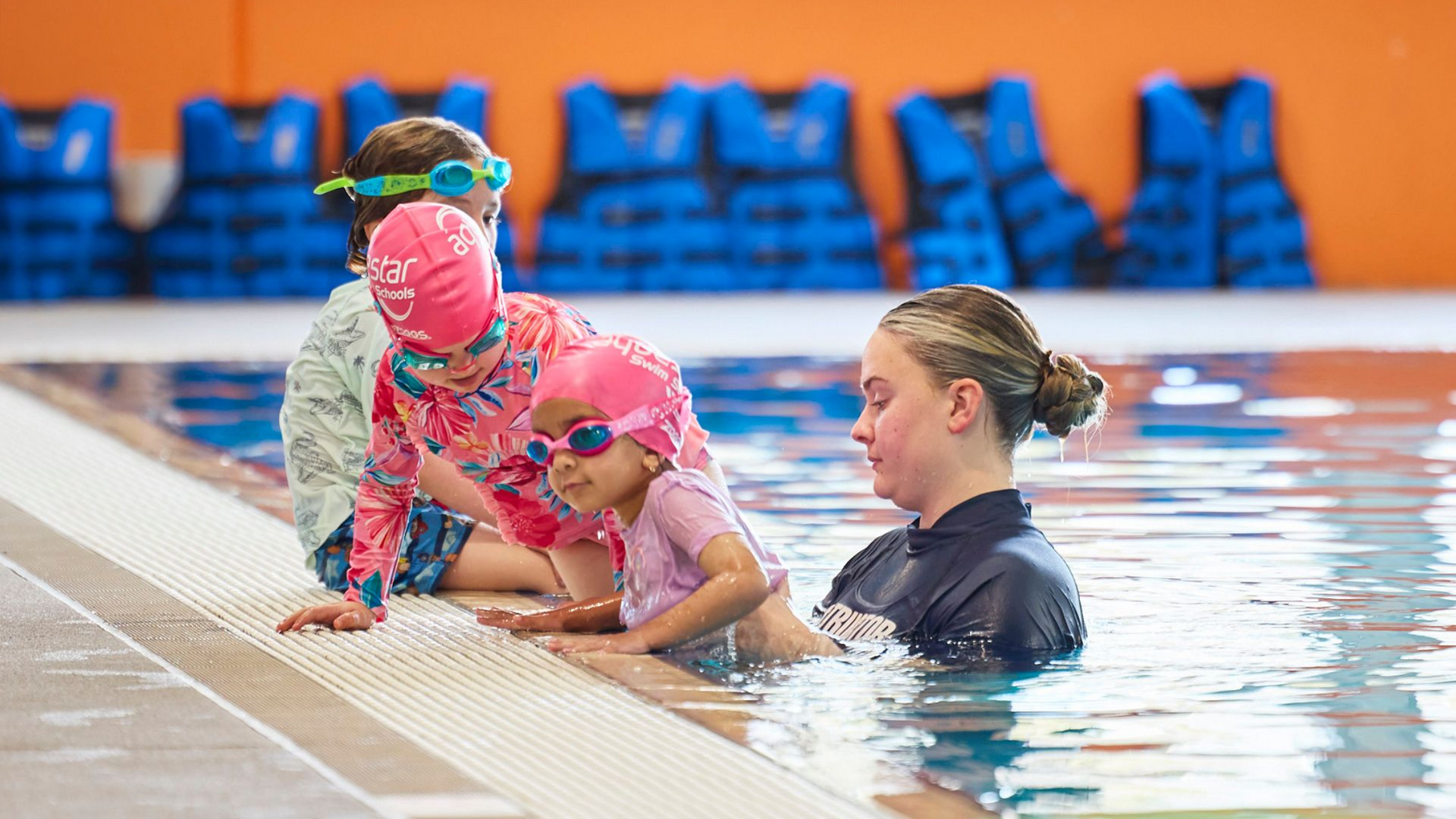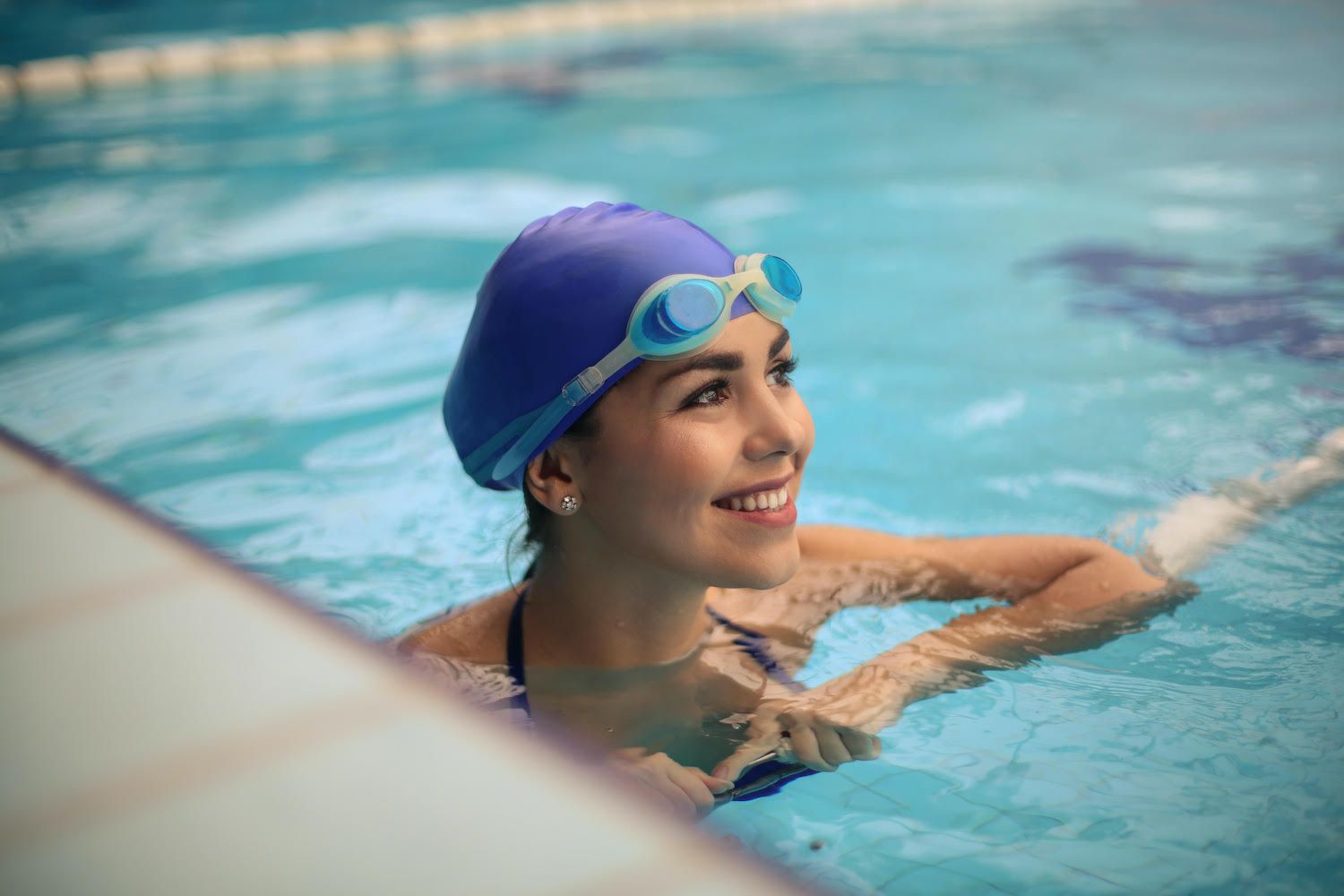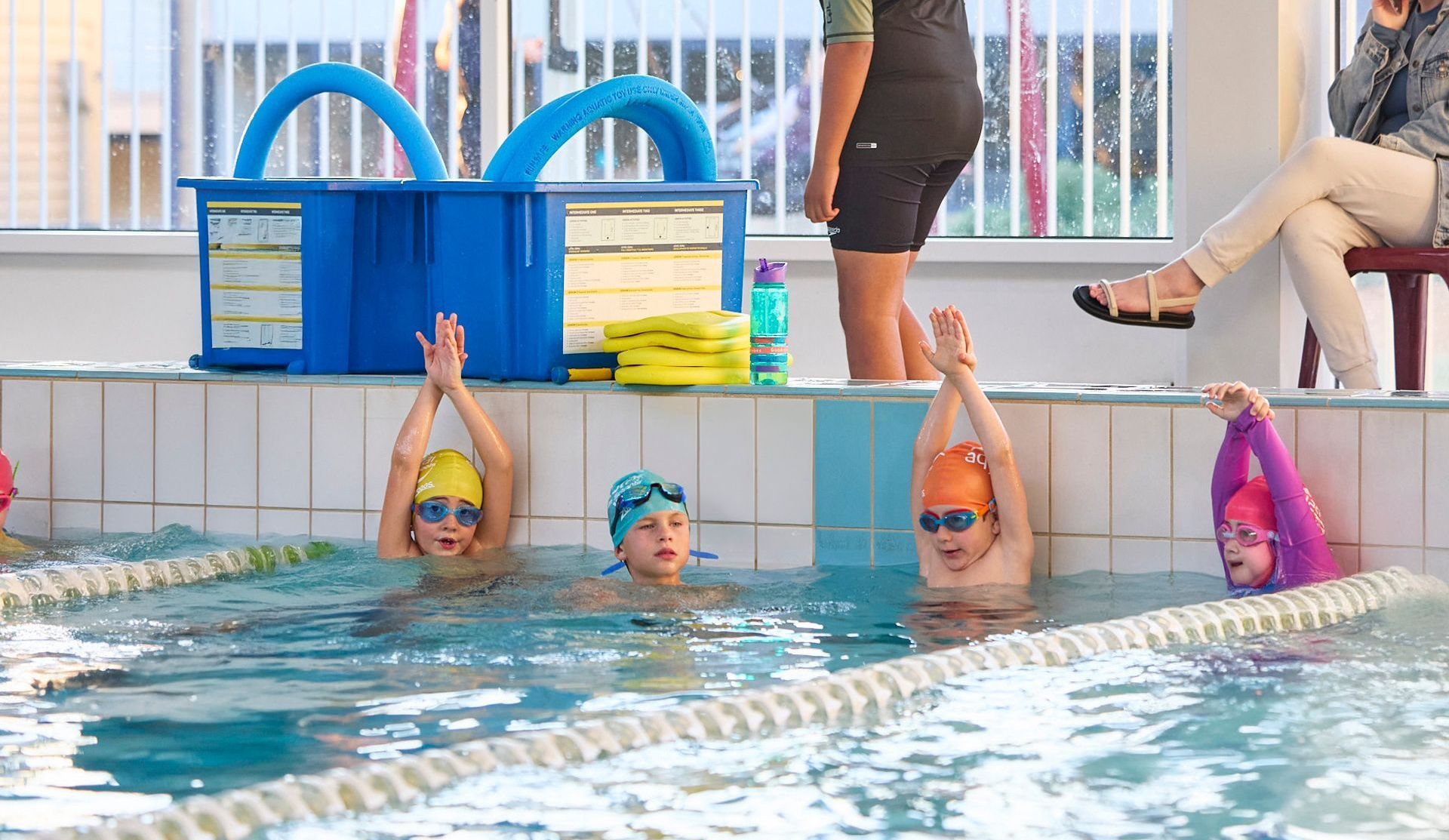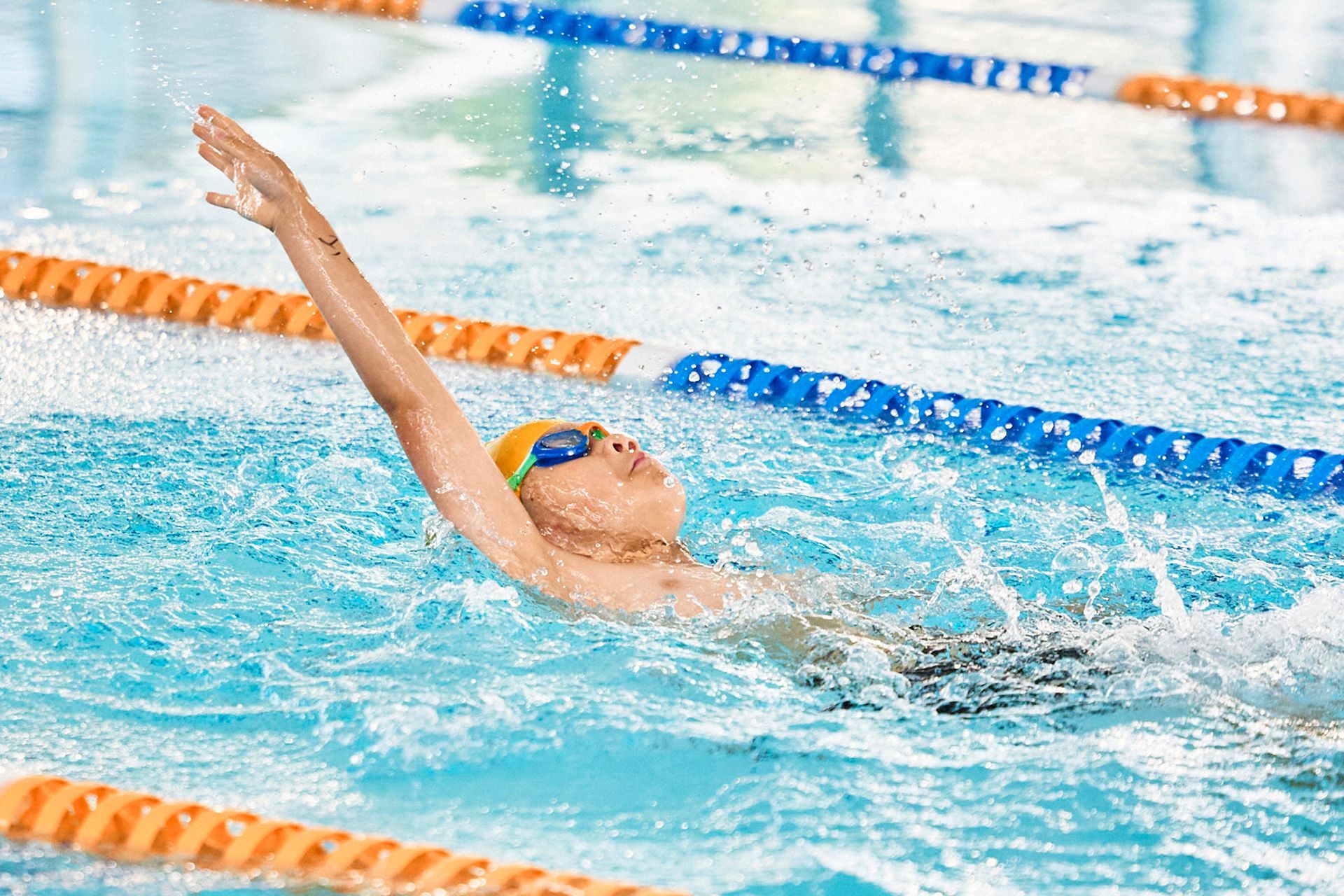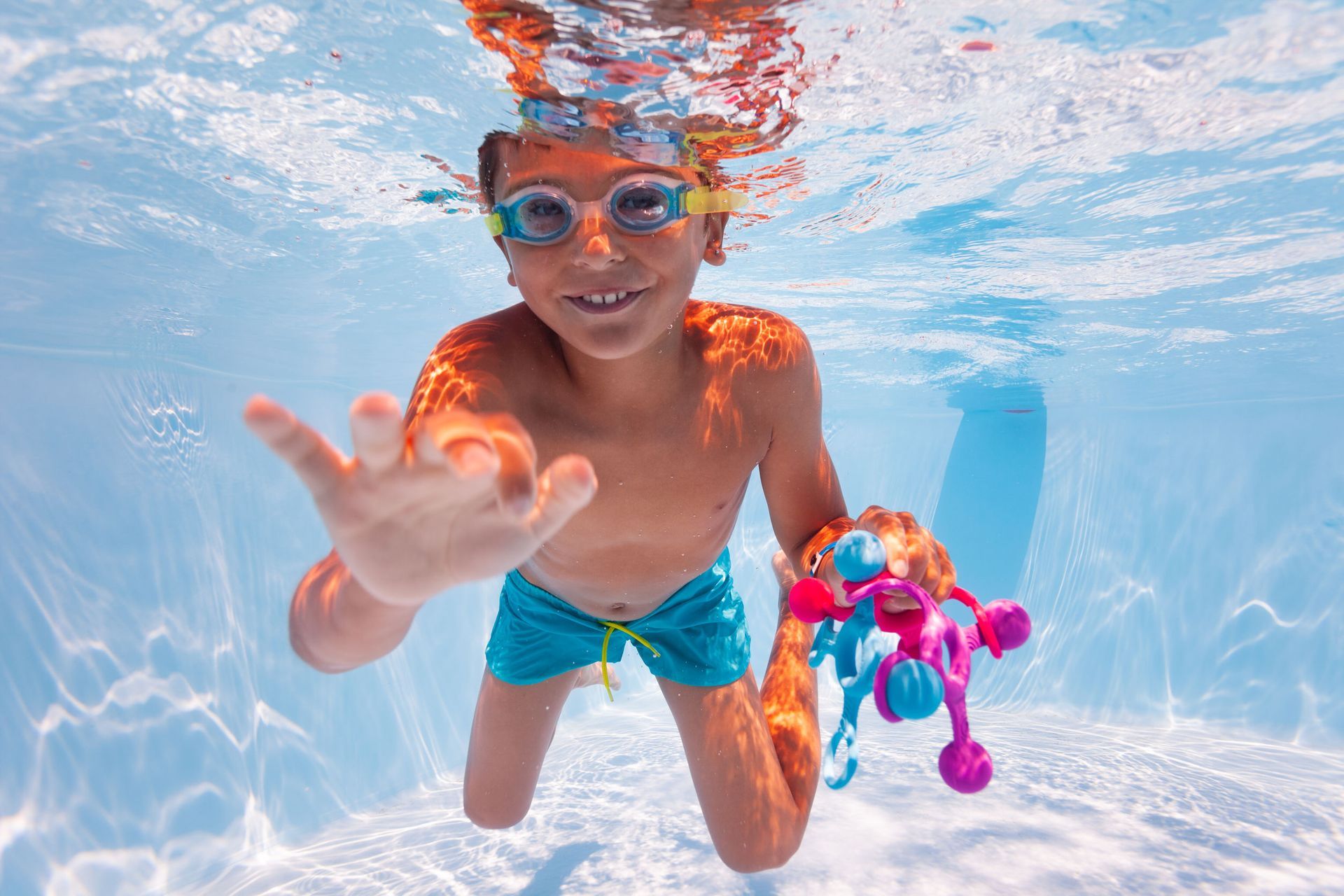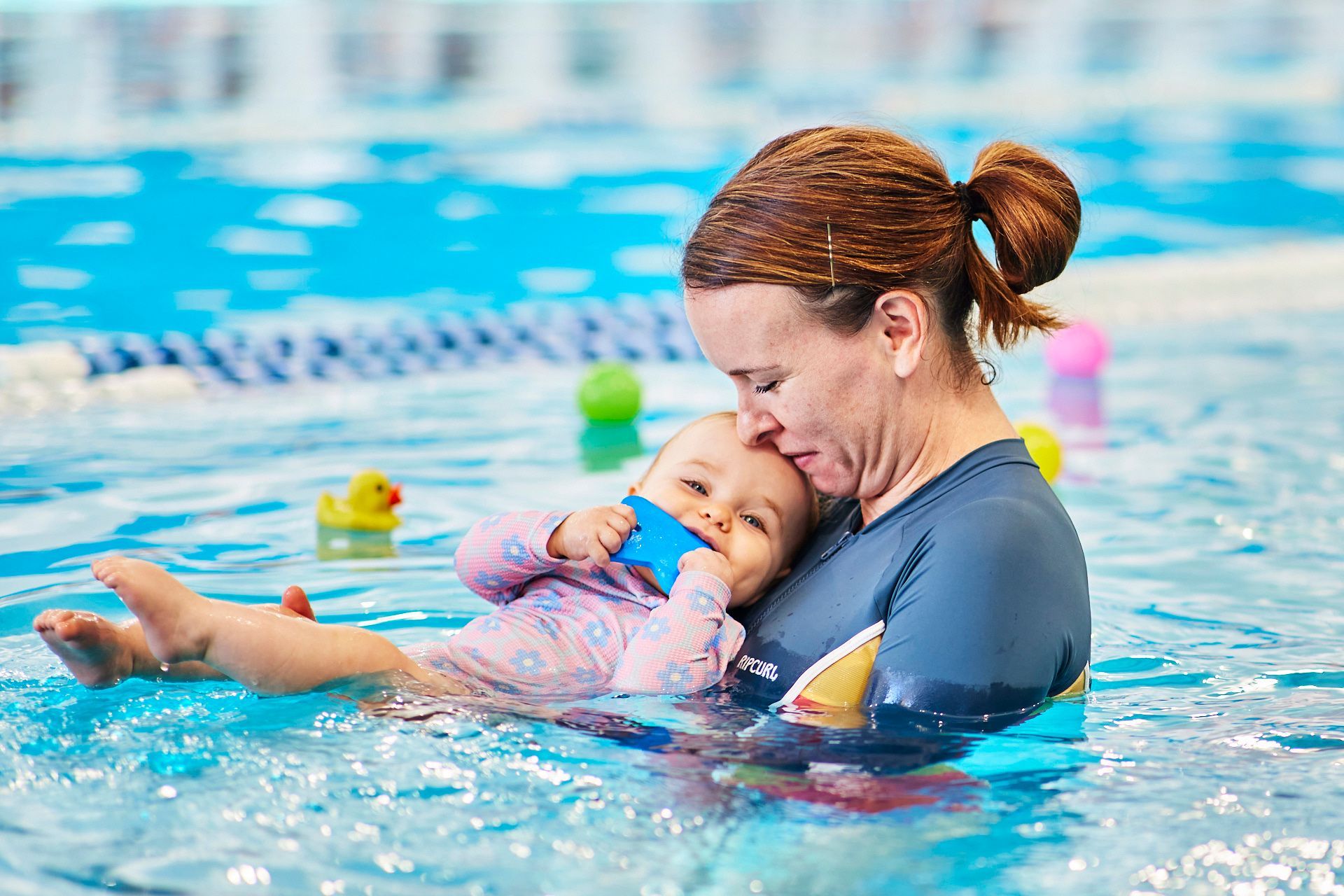How to train for your first triathlon: incorporating swimming into your triathlon plan
Training for a triathlon can be an exciting and challenging endeavour, especially if you’re new to the sport. One of the three components of a triathlon is swimming, and the distances involved can be intimidating for many beginners.
The distance you’re required to swim will depend on the triathlon level you plan to enter: a Sprint event includes a 750m swim; an Olympic or Classic event involves a 1500m swim; a Long Course/Half Iron Distance calls for a swim of between 2500m and 3800m; and a full Iron Distance race requires you to swim 3800m. Now those distances might sound daunting, but the good news is you can ease into the sport – a Novice level triathlon in Australia includes a swim of less than 750m, and this is an attainable goal that can be reached by most people with the right training plan and approach.
Start With A Swim Assessment
Before diving into your training plan, it’s essential to assess your current swimming ability, as this will help you determine where you stand and set realistic goals. While you may have a fair idea of your fitness and general comfort level in the water, it can be difficult to self-evaluate your swimming technique. If you’re new to swimming or struggle with proper form, it’s worth considering taking swimming lessons or working with a swim coach to improve your technique.
Establish A Regular Training Schedule
Consistency is key when it comes to swimming. Aim to swim at least two to three times a week, gradually increasing the duration and intensity of your workouts as you progress. Establish a swim schedule that works best for you, considering your other training activities (including the other elements of your triathlon, running and cycling) and personal commitments. Consistency will help you build strength, endurance, and muscle memory.
Incorporate Interval Training
To build endurance and speed, include interval training in your swimming workouts. Intervals involve alternating between high-intensity efforts and recovery periods. For example, you could swim a set distance or time at a challenging pace, followed by a shorter recovery period. This type of training helps improve cardiovascular fitness and prepares you for the demands of the race.
Focus On Technique
Once you’ve had someone evaluate your swim technique and identify the areas you’ll need to work on, it’s important to make that a focus of your training sessions alongside the fitness aspect. Efficient swimming technique can make a significant difference in your overall performance; fitness will get you a long way, but an efficient swim style is the other half of the equation. Spend dedicated time in each swimming session focusing on improving your form. Work on proper body alignment, a relaxed and efficient breathing pattern, and a strong and steady kick. Consider incorporating drills, such as kickboard or pull buoy exercises, to isolate and improve specific aspects of your technique.
Practise Open Water Swimming
Triathlons usually take place in open water, which can be vastly different from swimming in a pool. It’s crucial to acclimatise yourself to open water conditions to ensure a smooth race day experience. Find a nearby lake, river, or ocean and practise swimming in open water regularly. Get comfortable with sighting, navigating through waves or currents, and swimming in a group of other athletes. Of course, safety comes first here – choose safe places to swim, ideally where lifeguards are on duty, and never swim alone.
It’s also a good idea to incorporate other ‘race day conditions’ into your training, such as transitioning from the water to a ride or a run and vice versa. This will help you to adapt and build race-day specific fitness.
Dive In!
Once you’ve worked towards your first triathlon and ticked a Novice race off the list, you’ll probably find – like many – that you’ll aspire to complete other triathlon grades. Whether you’re keen to improve your Novice or Sprint times, or have dreams of ticking the famed Hawaiian Iron Man off your bucket list, careful and considered swim training in incremental steps will help you work towards your ultimate goal.


